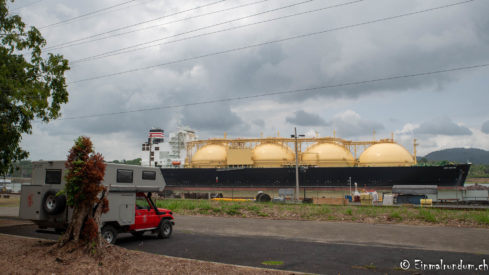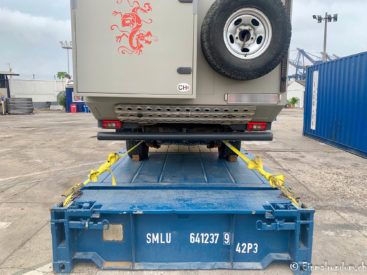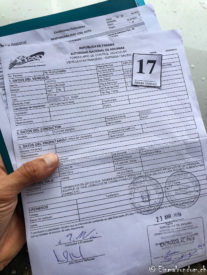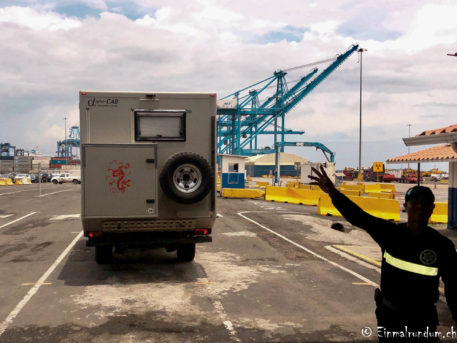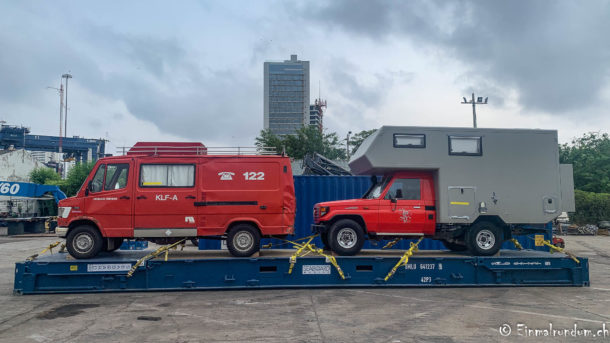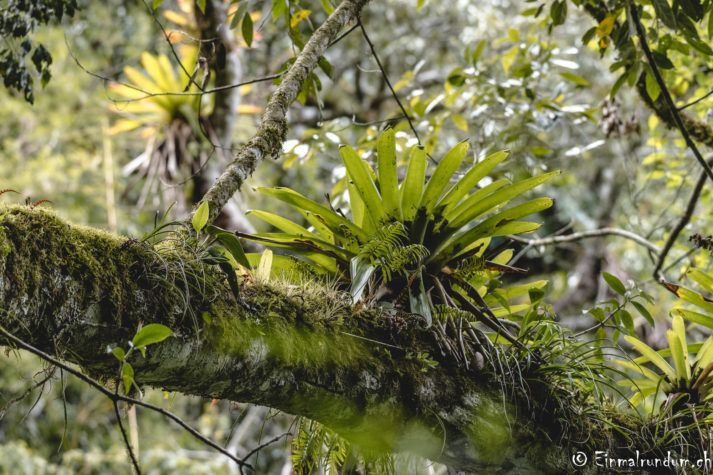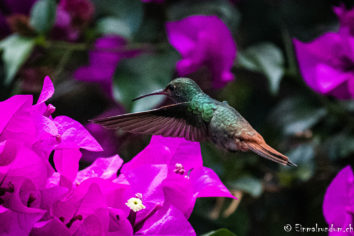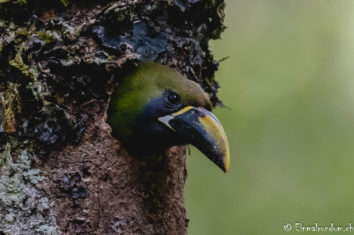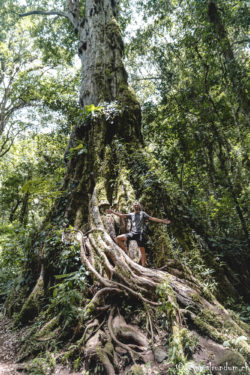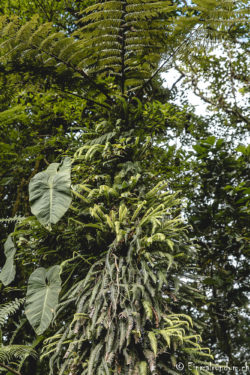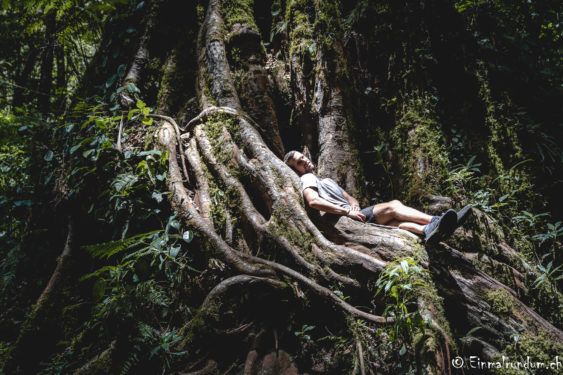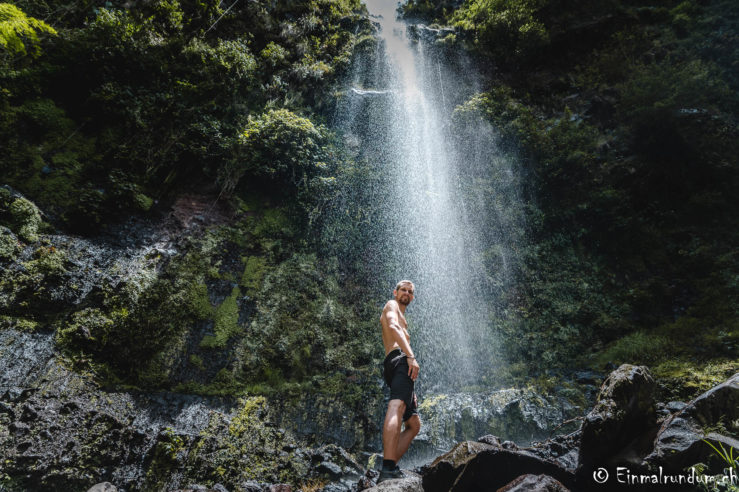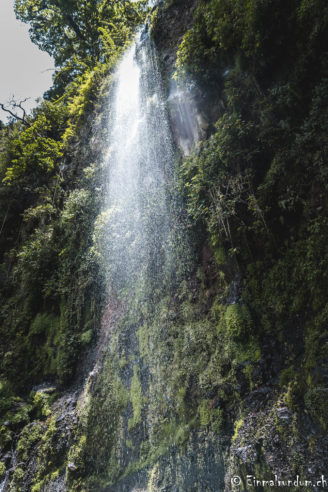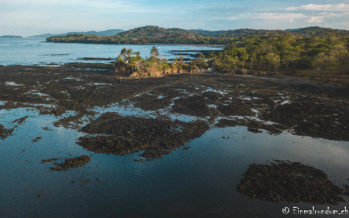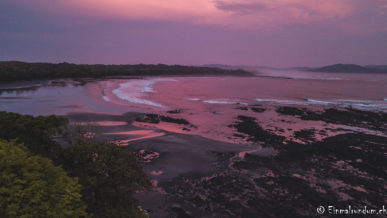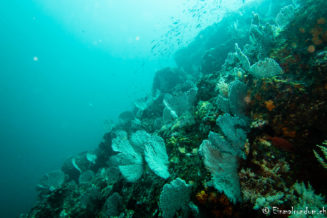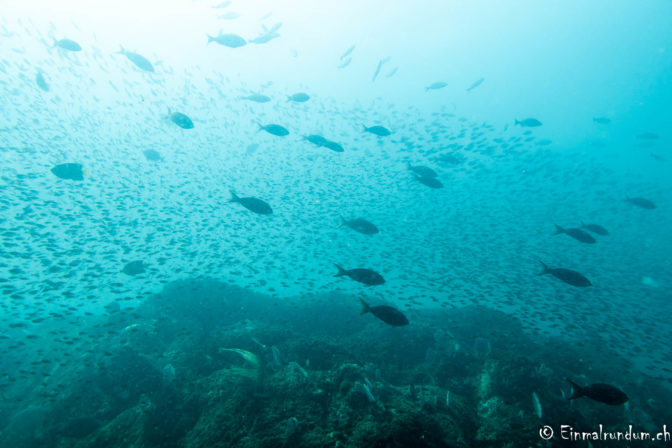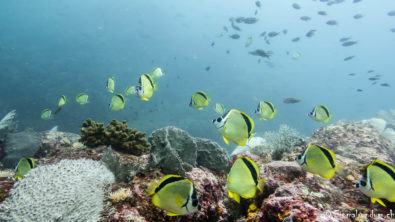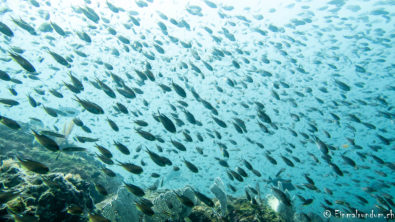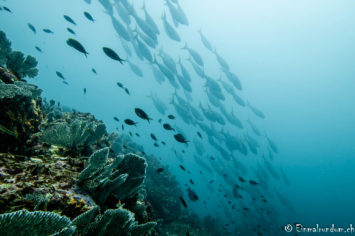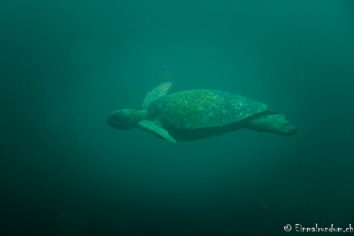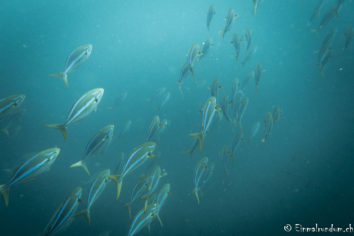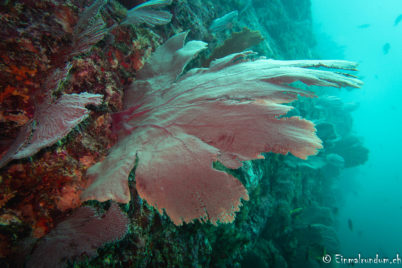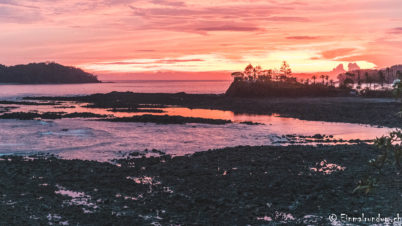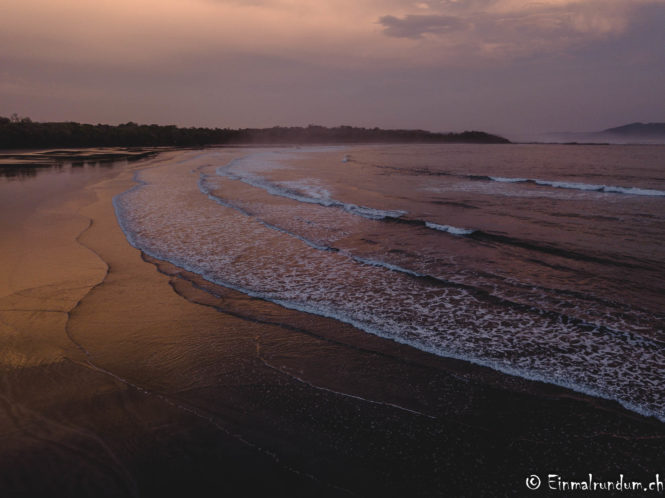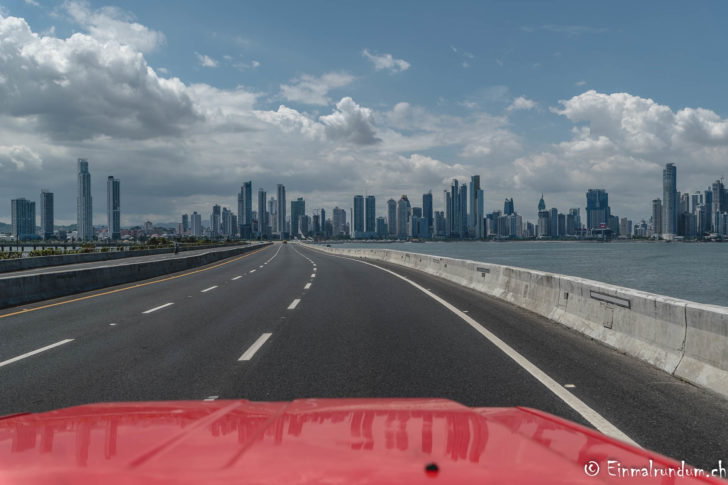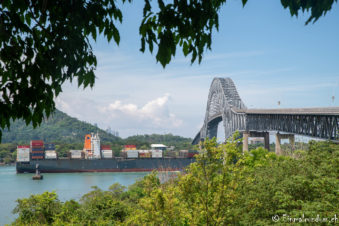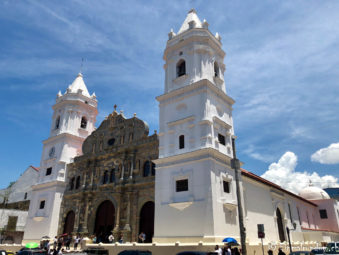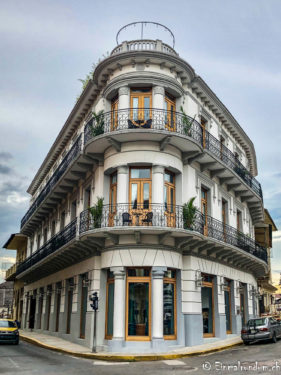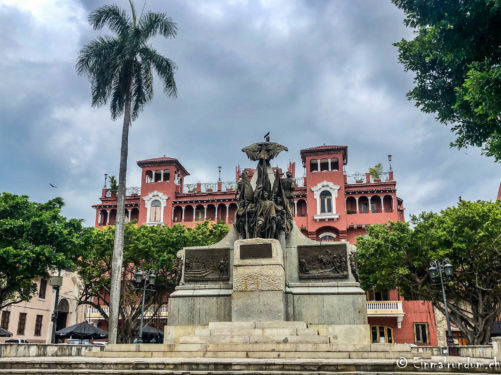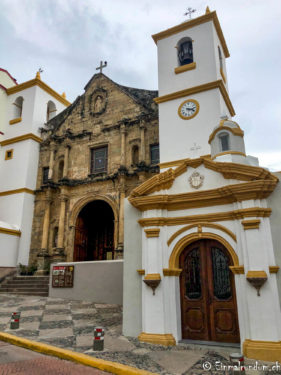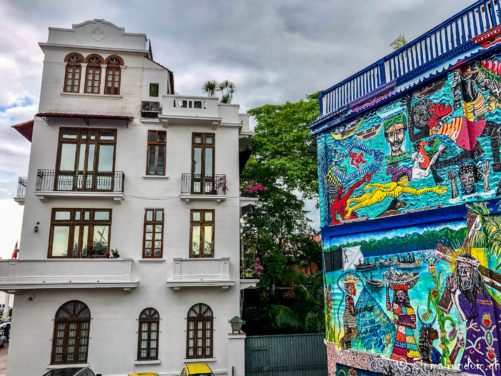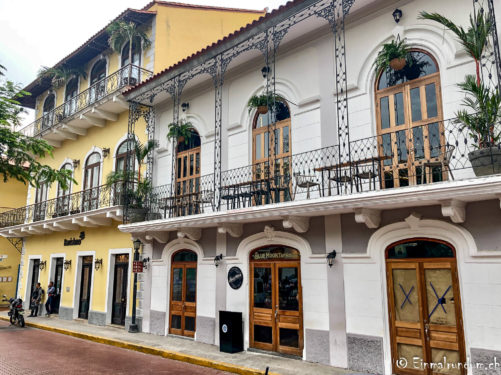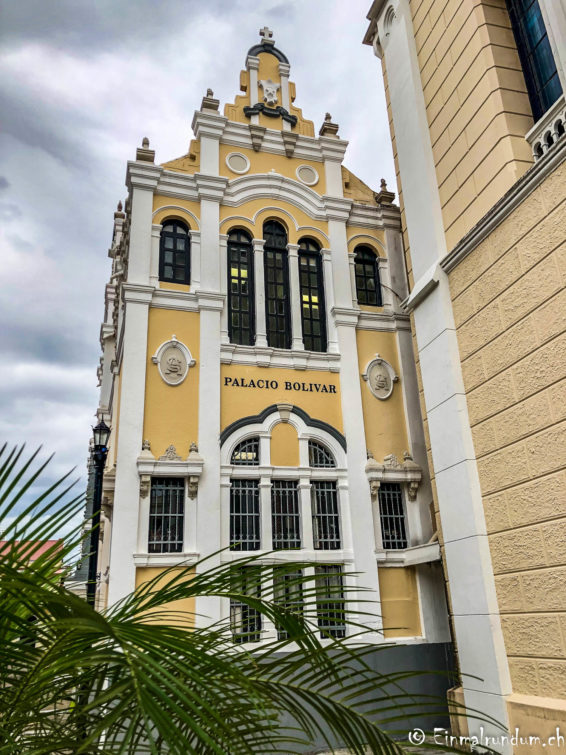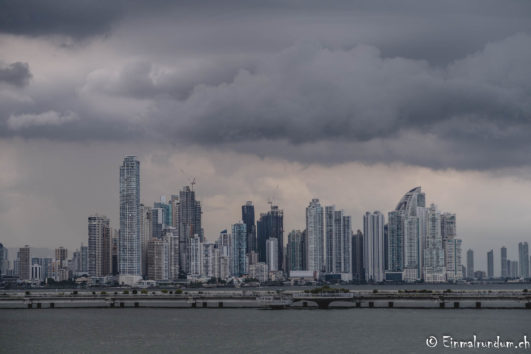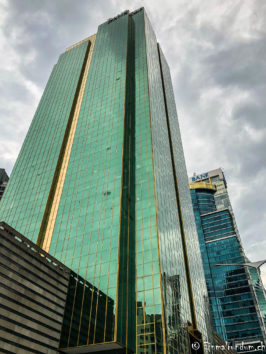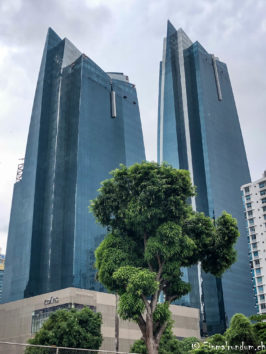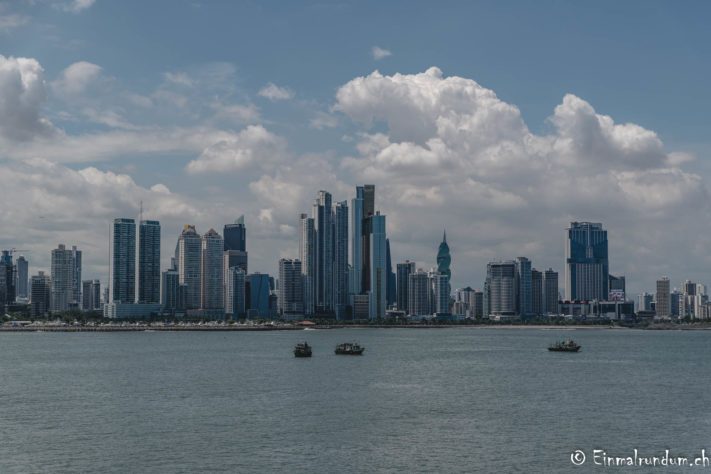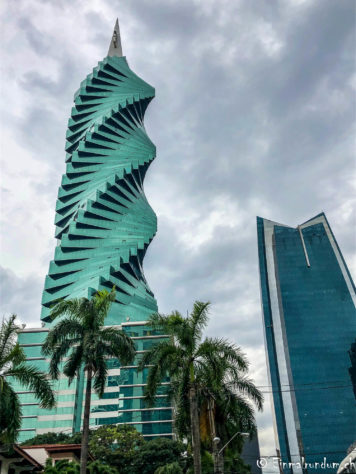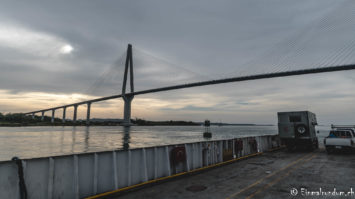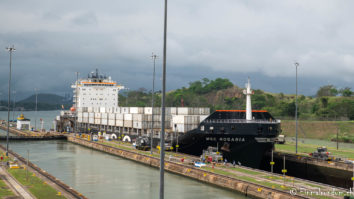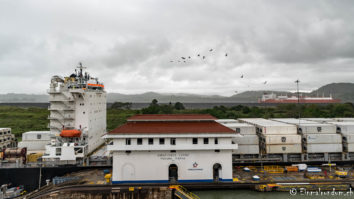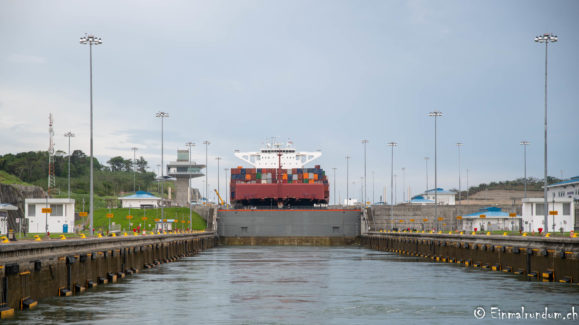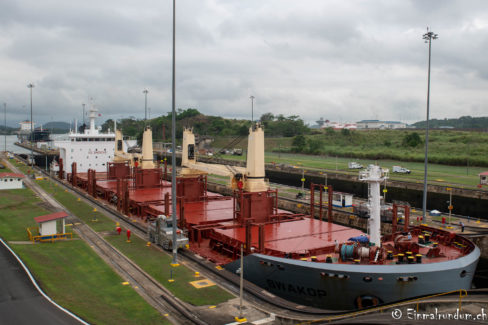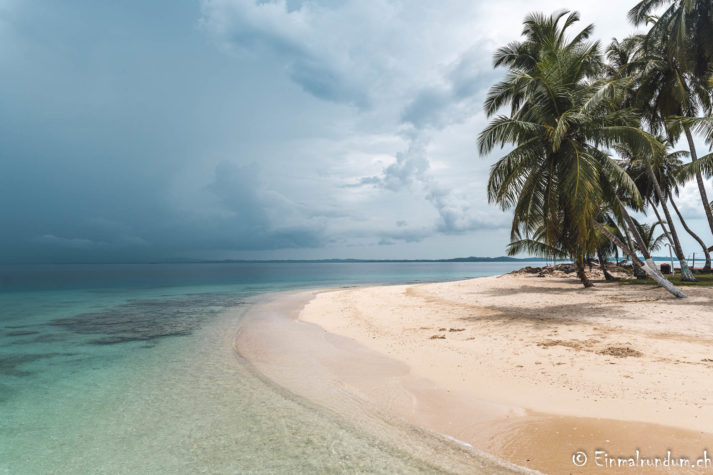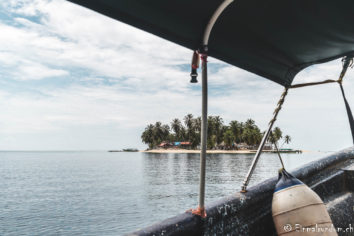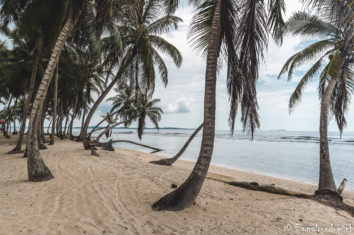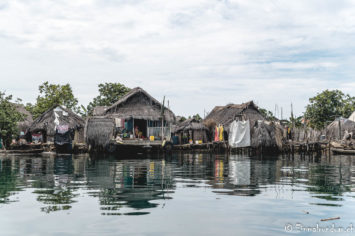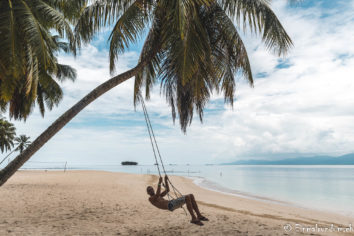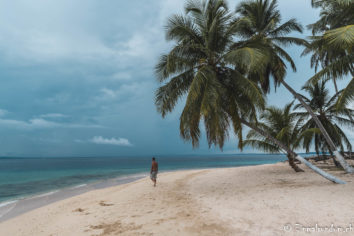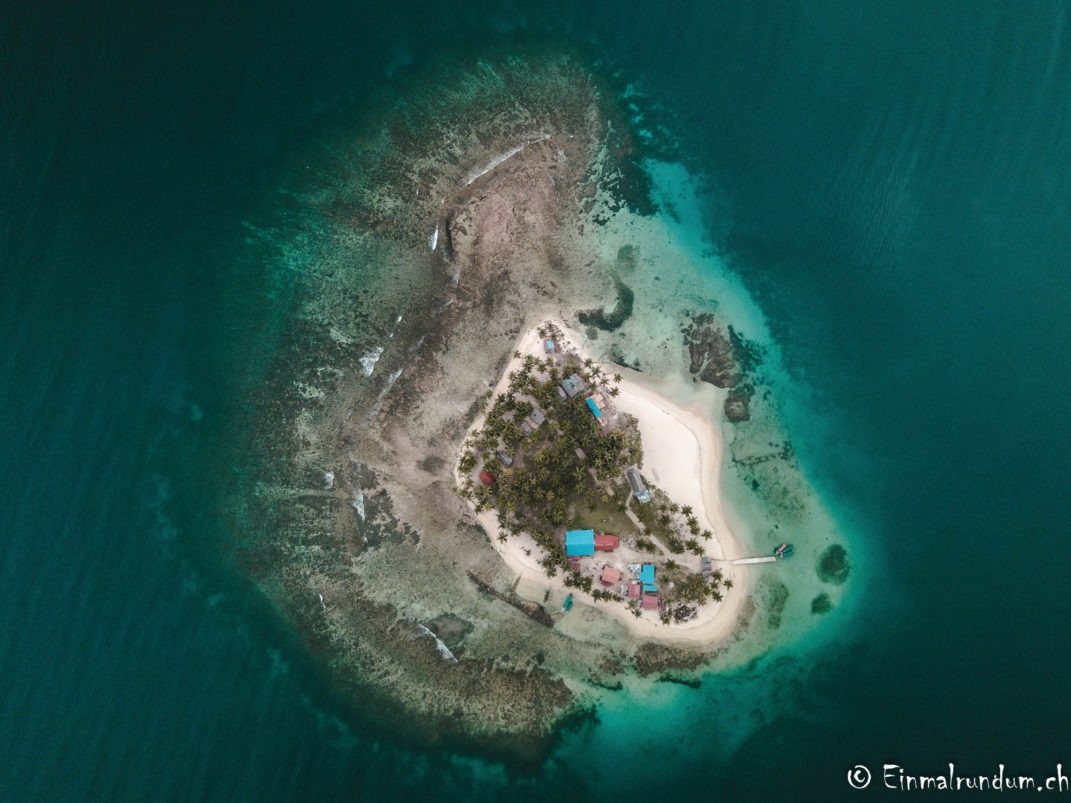THE TRIP TO PANAMA
We are in Panama, marveling at the huge container ships that sail with precision through the narrow canal. However, our feelings at the sight of the immense freighters are mixed, since our home-on-wheels will soon be transported from Panama to Colombia on exactly such a boat due to the lack of a road connection between North and South America. We have booked this crossing only a few days ago with a Mrs. Kalmbach, who now lives in Argentina, but lived in Panama for a long time and has been working in this business for years. After several e-mails and WhatsApp, we take our confidence and decide to transport our vehicles, together with our shipping partners Alwin & Clara, via a flat rack across the Darién Gap. In the course of this one drives the car on a platform – de facto a freight container without side walls and roof – and this platform is then lifted and placed on top of the other containers with a giant cargo crane. We don’t even want to think about a turbulent sea with meter-high waves…
UNPLEASANTLY HUMID AND HOT
The heat in Panama is almost unbearable. It rains cats and dogs almost every day for an hour and afterwards the scorching sun lets the water evaporate again. Even at night it’s not easy to find sleep in the humid heat despite the 12-volt fans and we already dream a little of the mountains in Colombia where it’s said to be much cooler… Before our adventure trip, we being sun worshippers wouldn’t have imagined that the heat would torment us more while camping than cold rainy days… ? The temperature drives us out of our home and we only go into the cabin at night to sleep.
LET’S START…
Then it gets serious and we pack our stuff in two big bags. We need two full days to deliver our vehicle at the port. On the first day, we have to have our chassis number checked for theft by the Criminal Investigation Department in a run-down area of Panama City. Actually, it could be done in a few minutes, but thanks to bureaucratic processes it takes several hours and only in the afternoon we receive the document confirming that our vehicle has not been stolen… “We” are for once a whole group of overlander who want to ship their rigs from Colon (Panama) to Cartagena (Colombia) and so the waiting time in the heat is at least not boring and even ends with many travel stories and new friendships!
The next day we continue to the actual port in Colon on the Atlantic coast, about 70 kilometers outside of Panama City. The place is not exactly an oasis of well-being. The harbor area is – as almost everywhere in the world – run down and at night quite dangerous as the locals assure us… We visit several offices of the shipping company, the customs and the port to do the paperwork and finally let our home be sniffed by a drug dog. He doesn’t find anything and so we get a stamp in the passport allowing us to leave the country without the vehicle, respectively, that it will also be carried out in another way. It’s a strange feeling when we see our home drive away in the huge harbor and we take the bus back to the city for once. Oh yes, we still have to pay for passage and that’s only possible to do in cash… We visit the ATM several times, walk with a thick bundle of 20 Dollar bills to another counter and receive only a yellow press copy of a document from the friendly lady. She assures us that this is all okay and then we send our agent Mrs. Kalmbach a picture of it by WhatsApp – that’s it.
It takes some effort to trust this process, but in fact we have no other choice and so we hope to receive our vehicle back in a few days on the next continent. First, we now look forward to three nights in a wonderfully air-conditioned hotel room with pool in Panama City before we fly to Cartagena and eagerly await the arrival of our car.
IN THE HIGHLANDS
But now let’s go back to the beginning and our first days in Panama. After the heat at Costa Rica’s Pacific coast, we flee right after crossing the border into the hilly coffee growing area of Boquete. Here at over 1000 meters above sea level, the temperatures are pleasant and we enjoy the sweat-free, cooler nights. We hike through dense forest, past an over thousand years old tree to a pretty waterfall. On the way we spot another Quetzal in the distance, unfortunately it’s too far away to take a good picture. We also enjoy the amenities such as nice coffeeshops, good bakeries and a great choice of food that Boquete, which is more and more chosen by European and US-American emigrants as a retirement home, has to offer.
SURFING AND DIVING
Since the rainy season on the Caribbean coast has already started, we continue our trip along the Pacific where we spend some leisurely days in Santa Catalina at a beach well-known for surfing. No, we don’t try riding the high waves, but in the National Park of the island Coiba we finally do some diving again, the first time since our trip to Indonesia last summer. The water here is much cooler and therefore beautiful coral gardens are missing, but it has a lot of fish and very briefly we even see two or three hammerhead sharks. For a picture unfortunately, the shy swimmers are gone too fast. ☹ Maybe we should visit the Galapagos Islands in Ecuador, there those bizarre animals apparently can be seen in huge schools… But that’s still far away and first we have to get to South America and cross whole Colombia.
THE CAPITAL ON THE CANAL
Our time in Panama City passes quickly. We stroll through the touristy old town with its colonial flair and marvel at the modern part of the city with its huge skyscrapers reminiscent of the United States. Of course, a visit to the world-famous Panama Canal is also a must too. We watch as the enormous freighter and tankers being maneuvered through the locks by small but extremely powerful locomotives. The canal has a turbulent history behind it. The role model for it was the Suez Canal, 1879 the construction started under the direction of France. But rough terrain, landslides and last but not least tropical diseases such as yellow fever and malaria forced the French to give up and only the US then completed the construction within 10 years shortly after the turn of the century. In 1914, the first ship sailed the just over 80 kilometers long waterway. Almost exactly 100 years later, in 2016, the extended and enlarged locks were put into operation and since then ships with a width of almost 50 meters and an incredible length of 366 meters can navigate the canal.
ISLAND PARADISE
Our last excursion on Central American ground brings us to the San Blas islands. We switch from the Pacific to the Caribbean, which is probably nowhere else faster and easier to do than in Panama, where at the narrowest point there’s only about 50 kilometers of land between the seas. Most tourists visit the island archipelago on a sailing trip from Panama to Colombia. However, as we have booked a flight instead of such a sailing turn, we visit the small tropical islands in a day trip from the mainland. After the humid heat of the last days in Panama City, we relax once again on the beaches of these small islands and enjoy a refreshing swim in the turquoise waters.
AND GOODBYE…
And then the time has come! We leave the North American continent for good and fly to Cartagena in Colombia. Actually, our vehicle is supposed to arrive the next day too, but the cargo ship makes an unexpected stop in another port, so we have to wait two more days until we can start with the import and customs formalities. Again, we are not the only overlanders and together with our shipping partners, we all feverishly await the arrival of our vehicles. Despite the uncertainty, we have a good time in Cartagena. We visit the colorful colonial town and, in the evening, we meet with the other travelers for dinner and drinks. Yes, for once we do not cook ourselves, but go to restaurants and get spoilt with culinary delights.
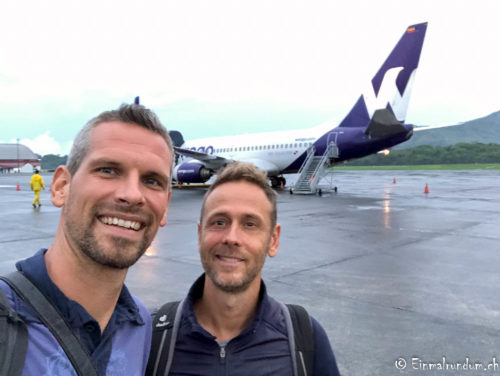
AND OFF WE GO AGAIN!
Then finally we get the long-awaited “bill of lading” via e-mail and with this document, the process of releasing the car can begin. But it actually takes two full days more until we have all the necessary papers, stamps and insurance and can drive our vehicle out of the harbor area. Fortunately, everything went well and our home-on-wheels was neither broken into nor damaged. ?
South America here we come! Tierra del Fuego is “only” about 10’000 kilometers away and for sure there is a lot to see and do on the way… l in Panama City before we fly to Cartagena and eagerly await the arrival of our vehicle.

